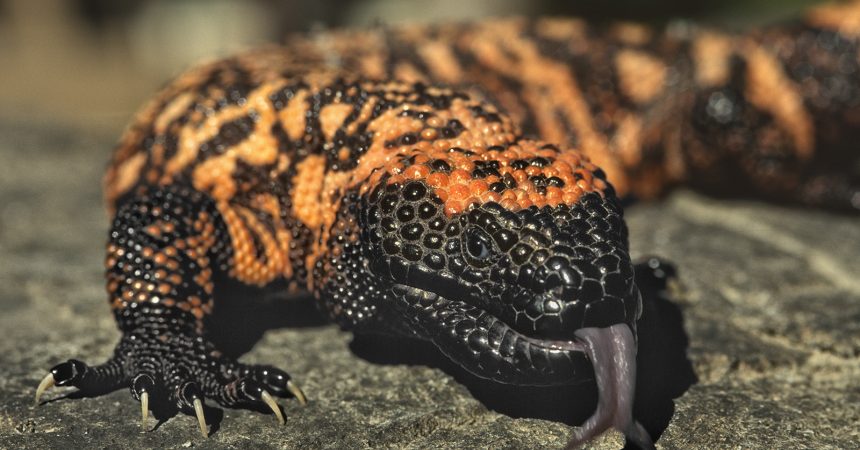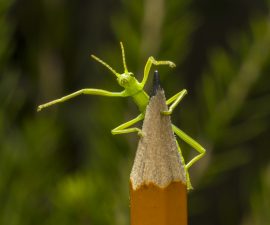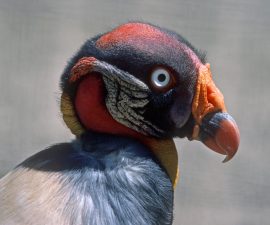Since Halloween is around the corner, it’s time to learn about some creepy critters that have haunted cultures around the globe.
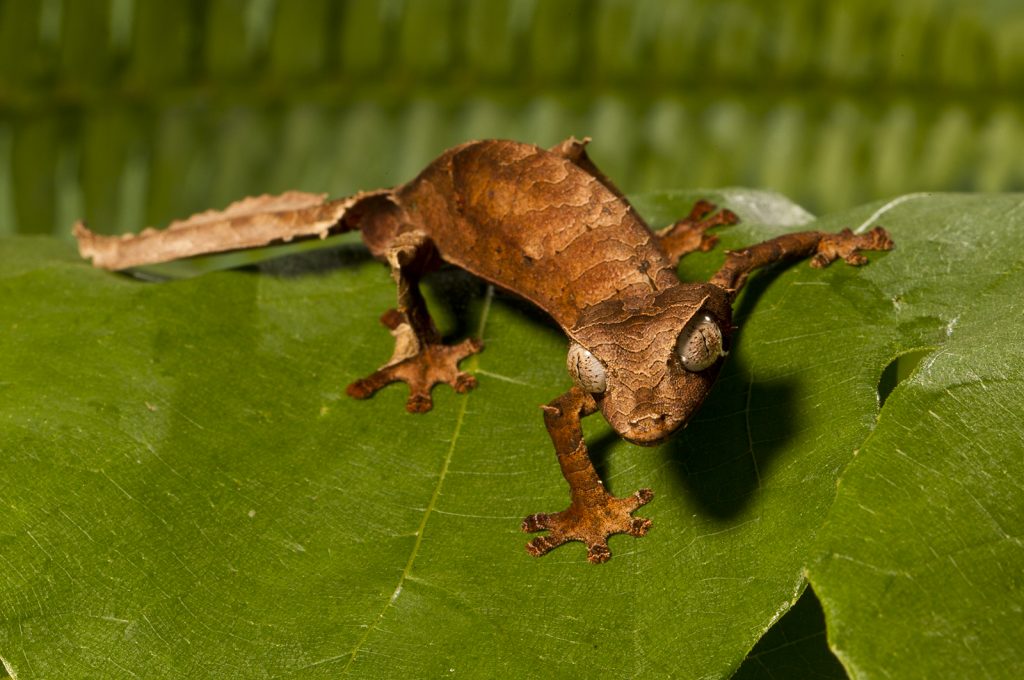
Satanic leaf-tailed gecko (also featured above headline) Uroplatus phantasticas
One look at the satanic leaf-tailed gecko and you’ll understand why this demonic reptile made the list. This master of disguise has a body that mimics a dead leaf, which protects it from predators in Madagascar, but it gets even creepier than that. The satanic leaf-tailed gecko can flatten its body like a pancake, open its bright red mouth, and even shed its tail voluntarily in an effort to trick predators. Geckos don’t have eyelids, which is pretty terrifying to begin with, but this satanic species brings a whole new (and scary!) meaning to natural selection.
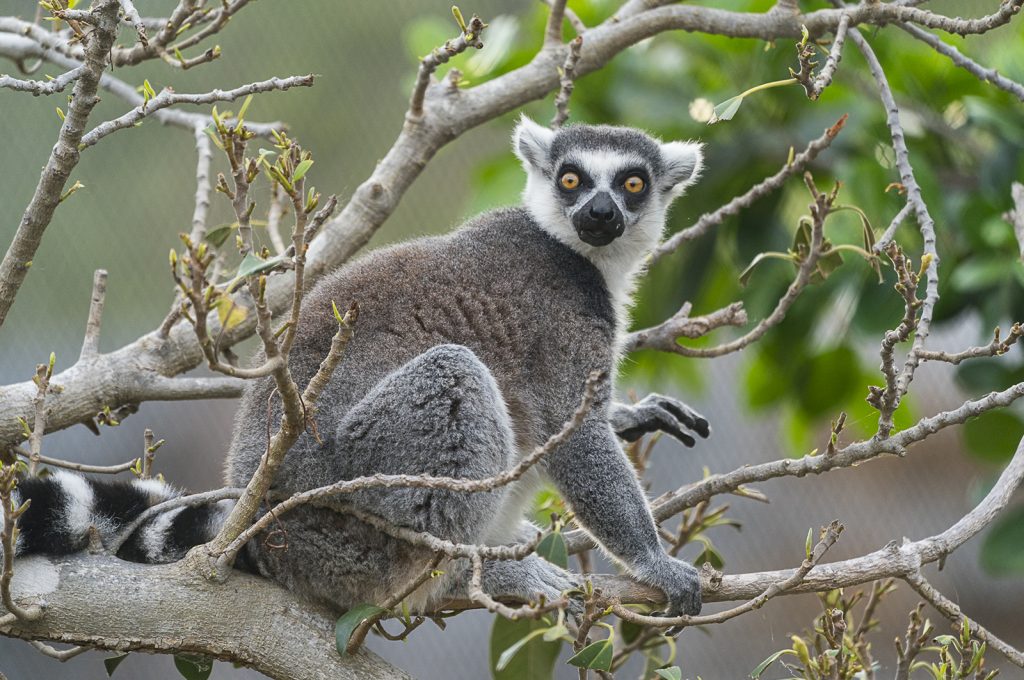
Ring-tailed lemur Lemur catta
The Safari Park’s Lemur Walk paints these prosimians as curiously cute; however, the Malagasy people of Madagascar believe that lemurs embody the souls of their ancestors. In fact, the word lemur stems from the Latin word lemures, which translates to “ghosts” or “nocturnal spirits.” In Roman mythology lemures weren’t just spirits, but they represented lethal, vengeful spirits; the kind nightmares are made of. This misunderstanding has even threatened the lives of one species in particular, the aye-aye, which is often killed on sight because it’s perceived as a bad omen.
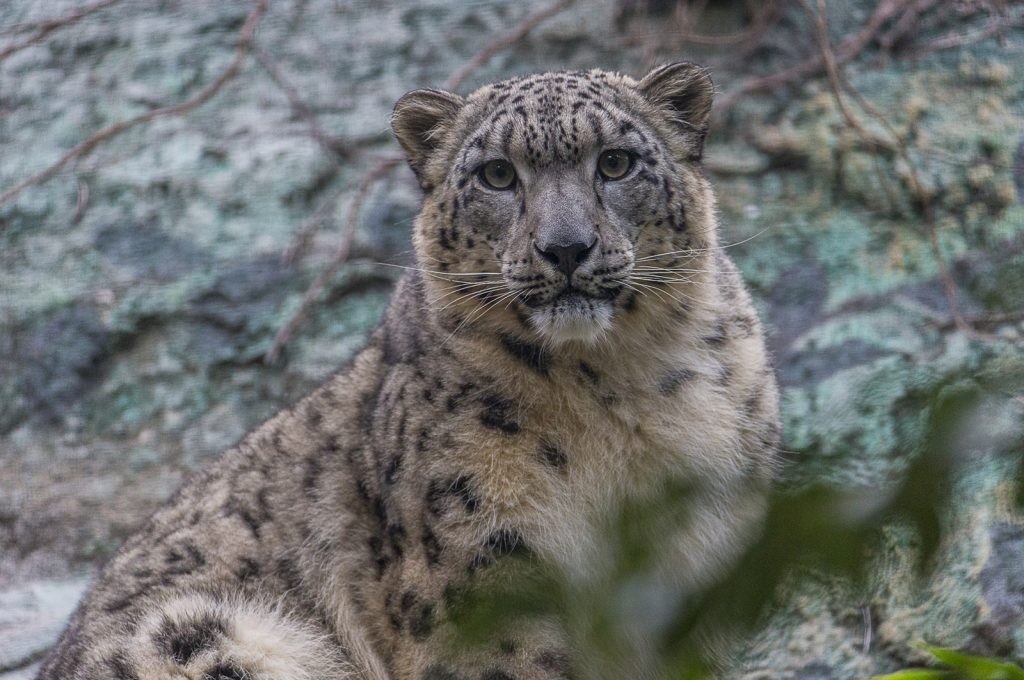
Snow leopard Panthera uncia
Elusive as they are stunning, snow leopards have been creatures of Nepalese myths and Buddhist culture for centuries. Their shy and mystifying ability to almost disappear in their native habitat has established snow leopards as shape-changing mountain spirits to the local people of Central Asia, otherwise known as “ghost cats.” In that case, snow leopards should be considered the most hauntingly beautiful ghosts of the big cat family.
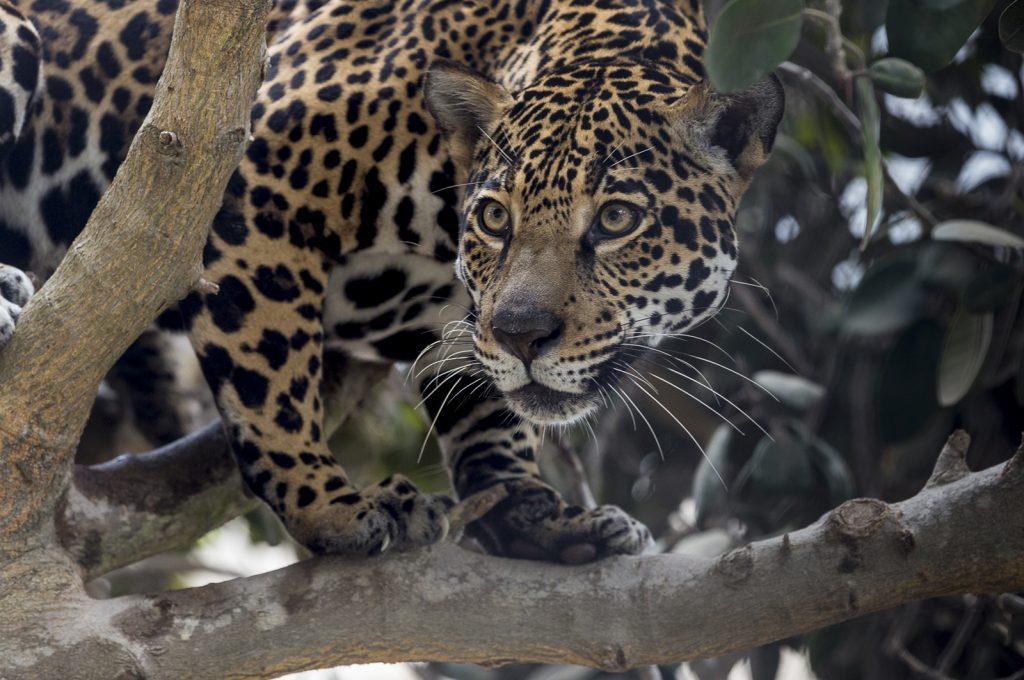
Jaguar Panthera onca
Another mysterious big cat that’s earned a prominent place in local legends is the jaguar. These cool cats are depicted in ruins throughout Central and South America, but instead of symbolizing a spooky species, jaguars represent beauty, strength and unparalleled intelligence in the New World. In fact, some tales suggest that jaguars move between worlds because they’ve adapted to life up in the trees, as well as on the ground, but their ability to hunt during the day and night is also powerfully impressive.
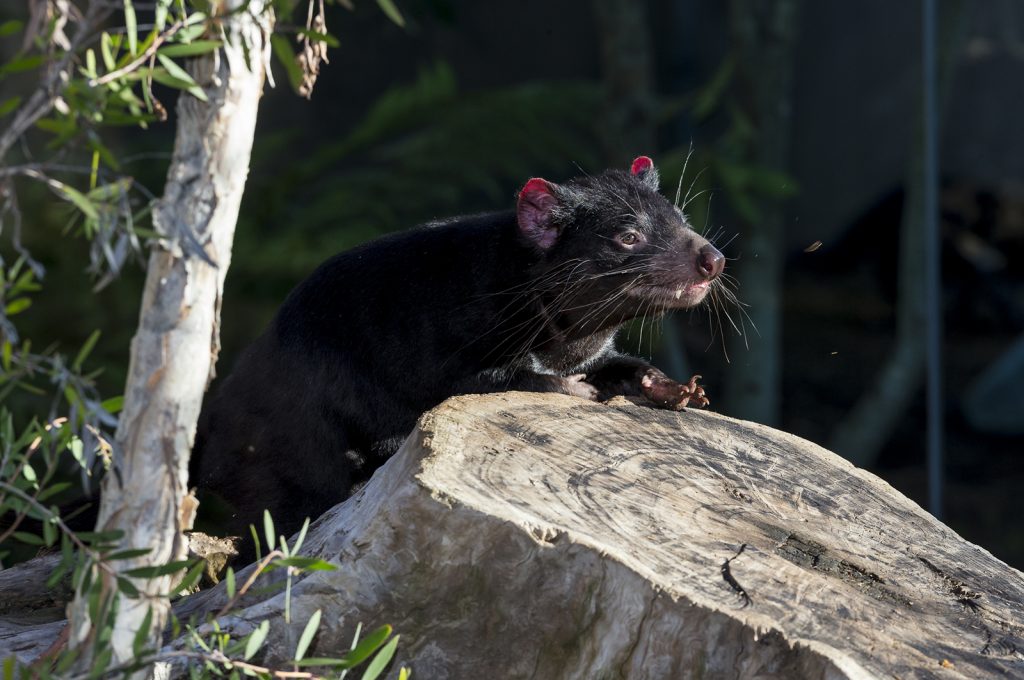
Tasmanian devil Sarcophilus harrisii
The Tasmanian devil got its moniker for its dark color and fierce temper. In other words, those Looney Tunes weren’t far off with their portrayal of the Tasmanian devil as a voracious lunatic. These little devils let out spine-chilling screams while they prowl the forests for food at night, and when they feel threatened or excited, their little devil ears turn bright red. They have a fitting name to say the least, but what’s even scarier is the fact that they are critically endangered. The San Diego Zoo is the only facility in North America to house these little devils.
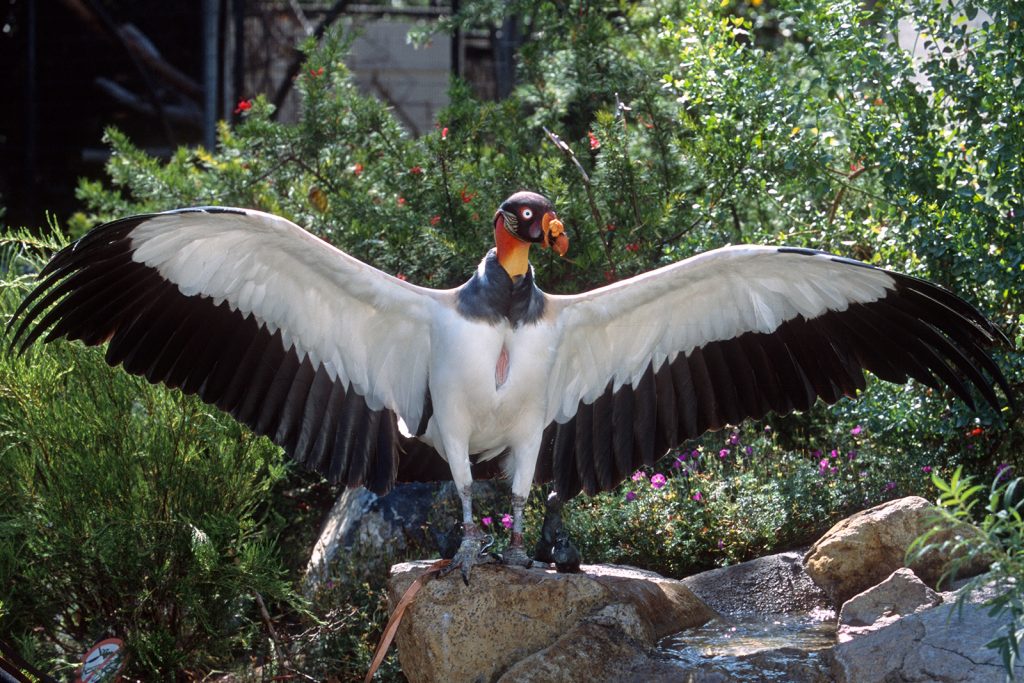
King vulture Sarcoramphus papa
You’ve probably seen vultures in cartoons, comics, or films as a symbol impending doom or death. Even though the entertainment industry has deemed this winged species as wickedly horrid, once you get past their harsh appearance, you’ll learn that some cultures actually idolize vultures. Aside from ancient mythology and rituals, vultures are crucial to habitats as they remove dead carcasses from parts of the world without spreading disease. So instead of fearing vultures, we should thank them for managing at least one dirty job.
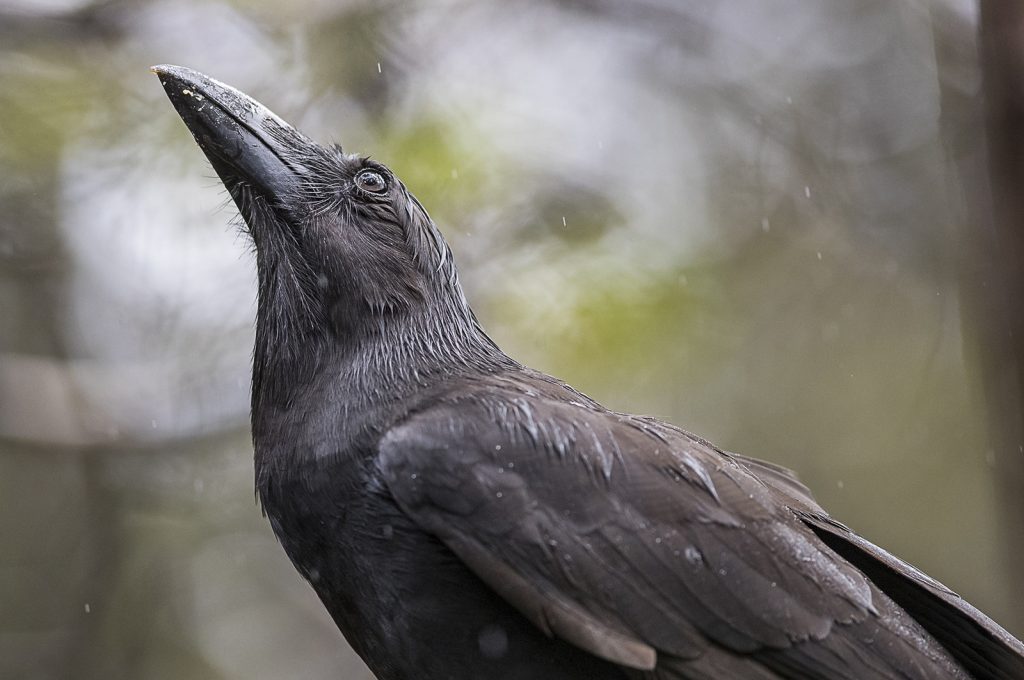
ʻAlalā (Hawaiian crow) Corvus hawaiiensis
Another bird that’s been doomed by ancient legends and modern Hollywood is the crow. Despite the fact that the comic book series and subsequent action movie was based on a brutal story of murder and vengeance, Edgar Allan Poe’s preceding works in the mid-1800s further expanded the crow’s negative connotations. Perhaps its slick and dark plumage is to be blamed for the crow’s lack of love, but in nearly every culture’s mythological past—from Ireland to Islam—this species was associated with war, death, murder, and other terrifying nouns that keep us awake at night.
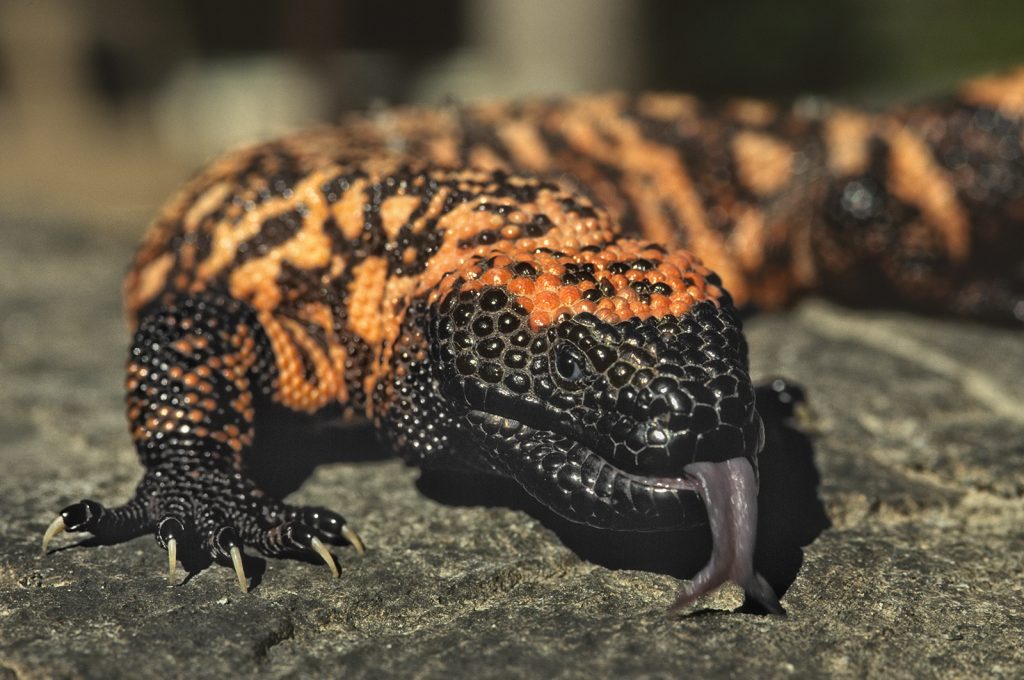
Gila monster Heloderma suspectum
With a name like Gila monster, it’s no surprise that this species has one of the worst reputations known in the reptile world. Native to northern Mexico and our southwestern states, this lizard is feared by humans for a bevy of false reasons. For starters, some people think the Gila monster can spit deadly venom, sting with its tongue, and even kill people with its poisonous breath. While the Gila monster is, in fact, venomous, a bite from one of these scaly creatures rarely causes death…in humans.
Join the Halloween fun! Share your spooky species or animal legends in the comments below.
Jenn Beening is a social media specialist for San Diego Zoo Global. Read her previous post, 7 Animals You Didn’t Learn In School.

